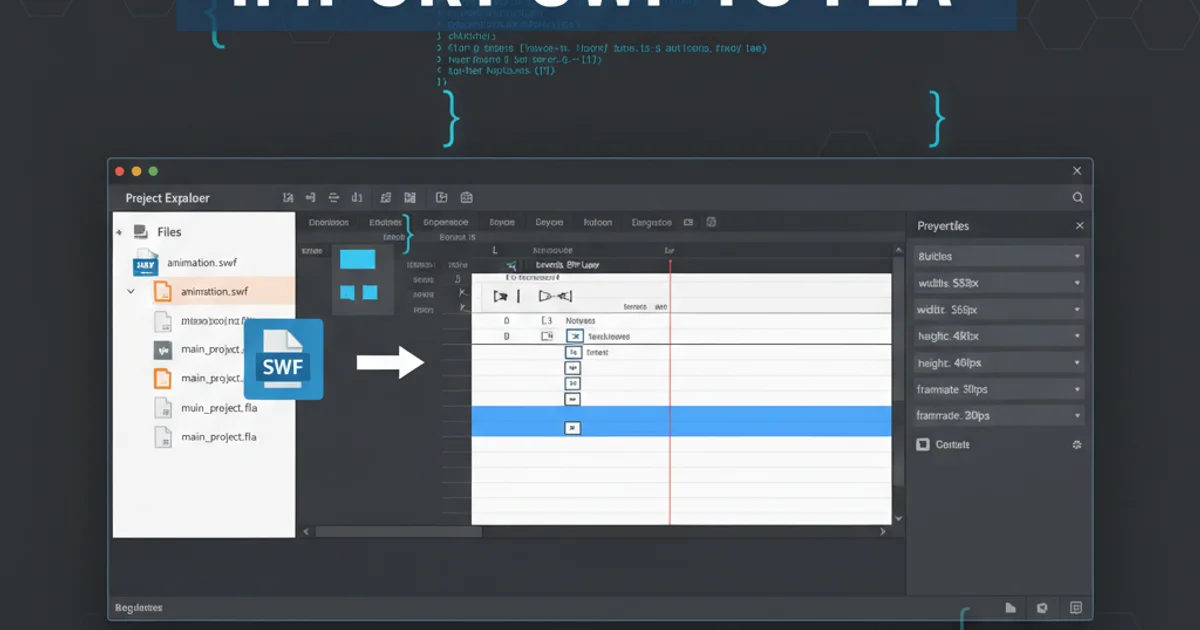What's the canonical way to check for type in Python?
Categories:
The Canonical Way to Check for Type in Python

Explore Python's robust type-checking mechanisms, from isinstance() to abstract base classes, and understand best practices for maintaining type integrity in your code.
In Python, understanding and verifying the type of an object is a fundamental aspect of writing robust and maintainable code. While Python is dynamically typed, explicit type checks are often necessary for validation, polymorphism, and ensuring correct behavior. This article delves into the canonical methods for type checking, discussing their appropriate use cases, advantages, and potential pitfalls.
The isinstance() Function: Your Primary Tool
The isinstance() function is the most Pythonic and recommended way to check an object's type. It takes two arguments: the object to check and a type (or a tuple of types). A key advantage of isinstance() is its ability to handle inheritance gracefully, returning True if the object is an instance of the specified class or a subclass thereof.
class Animal:
pass
class Dog(Animal):
pass
my_dog = Dog()
my_animal = Animal()
print(isinstance(my_dog, Dog)) # Output: True
print(isinstance(my_dog, Animal)) # Output: True (due to inheritance)
print(isinstance(my_animal, Dog)) # Output: False
print(isinstance(my_dog, (int, str, Dog))) # Output: True (checking against a tuple of types)
Using isinstance() for single and multiple type checks, demonstrating inheritance handling.
isinstance() over direct type comparison (type(obj) is SomeType) because isinstance() respects inheritance, making your code more flexible and future-proof. Direct type comparison will return False for subclasses, which is rarely the desired behavior.When to Use type() (and When Not To)
The type() function returns the exact type of an object. While it might seem intuitive for type checking, its use for this purpose is generally discouraged in favor of isinstance(). The primary reason is that type() does not account for inheritance. If you have a subclass, type() will report the subclass type, not the base class type, which can lead to unexpected behavior in polymorphic scenarios.
class Base:
pass
class Derived(Base):
pass
obj = Derived()
print(type(obj) is Derived) # Output: True
print(type(obj) is Base) # Output: False (This is the key difference from isinstance())
Demonstrating type()'s strictness regarding inheritance.
type(obj) is SomeType for general type checking. Reserve type() for very specific cases where you must know the exact, non-inherited type, such as during serialization or when dealing with metaclasses, though even then, isinstance() is often more appropriate.Leveraging Abstract Base Classes (ABCs) for Duck Typing
For more advanced type checking, especially when you care about an object's capabilities (i.e., what methods it implements) rather than its concrete class, Python's Abstract Base Classes (ABCs) are invaluable. The collections.abc module provides many common ABCs (e.g., Iterable, Sized, Mapping). You can also define your own custom ABCs using the abc module.
ABCs allow you to check if an object conforms to a particular interface, embodying the "duck typing" philosophy: "If it walks like a duck and quacks like a duck, then it's a duck." This is often more flexible than checking for a specific concrete type.
from collections.abc import Sized, Iterable
class MyList:
def __init__(self, data):
self.data = data
def __len__(self):
return len(self.data)
def __iter__(self):
return iter(self.data)
my_object = MyList([1, 2, 3])
print(isinstance(my_object, Sized)) # Output: True (because it implements __len__)
print(isinstance(my_object, Iterable)) # Output: True (because it implements __iter__)
print(isinstance([], Sized)) # Output: True
print(isinstance({}, Iterable)) # Output: True
Using isinstance() with collections.abc to check for interface conformance.
flowchart TD
A[Start Type Check] --> B{Need exact type or inheritance?}
B --"Exact Type (Rare)"--> C[Use type(obj) is Type]
B --"Inheritance/Interface (Common)"--> D{Check for specific class or interface?}
D --"Specific Class"--> E[Use isinstance(obj, Class)]
D --"Interface/Capabilities"--> F[Use isinstance(obj, ABC)]
C --> G[End]
E --> G[End]
F --> G[End]Decision flow for choosing the right type-checking method in Python.
Runtime Type Checking vs. Type Hinting
It's important to distinguish between runtime type checking (what isinstance() does) and static type checking (using type hints with tools like MyPy). Type hints, introduced in PEP 484, allow you to declare expected types for variables, function arguments, and return values. While they don't enforce types at runtime by default, they are invaluable for code clarity, IDE support, and catching type-related bugs before execution.
Runtime type checking is for validating inputs or adapting behavior during program execution, whereas type hints are primarily for static analysis and documentation.
def greet(name: str) -> str:
if not isinstance(name, str):
raise TypeError("Name must be a string")
return f"Hello, {name}"
print(greet("Alice"))
# greet(123) # This would raise a TypeError at runtime due to isinstance()
# MyPy (static type checker) would flag the line below as an error:
# def add(a: int, b: int) -> int:
# return a + b
# add("1", 2) # MyPy would warn about this, but Python would run it.
Combining type hints for static analysis with isinstance() for runtime validation.